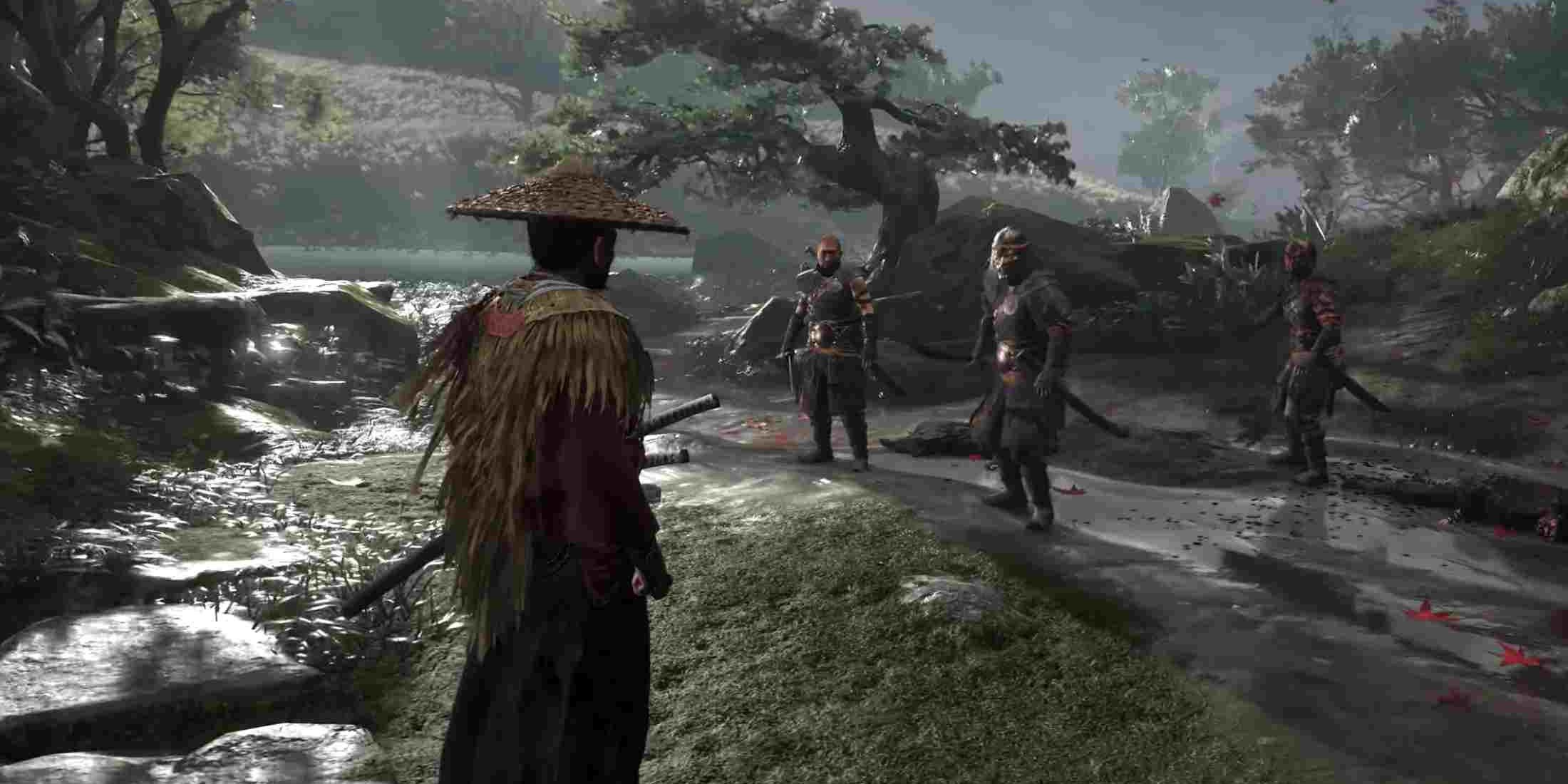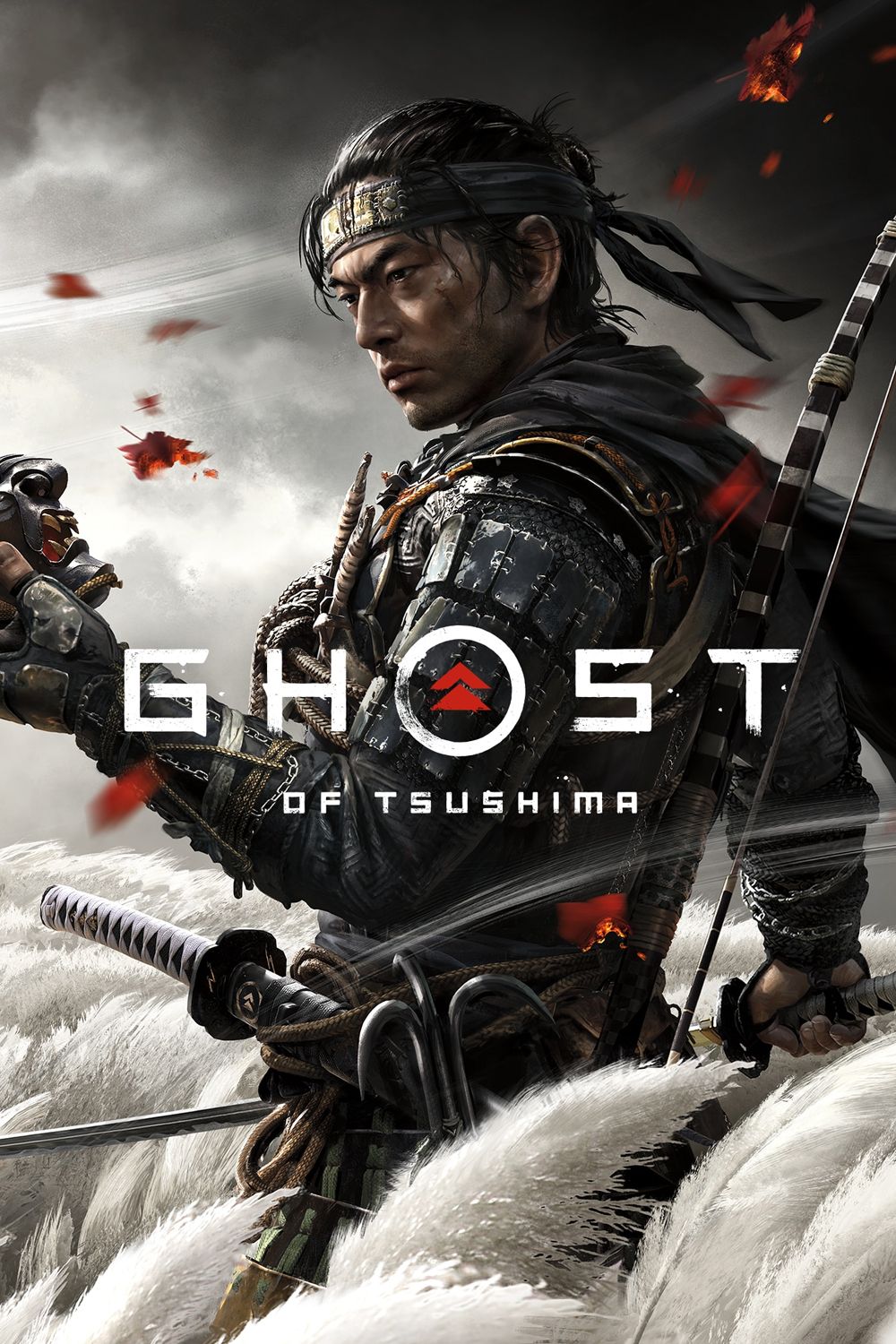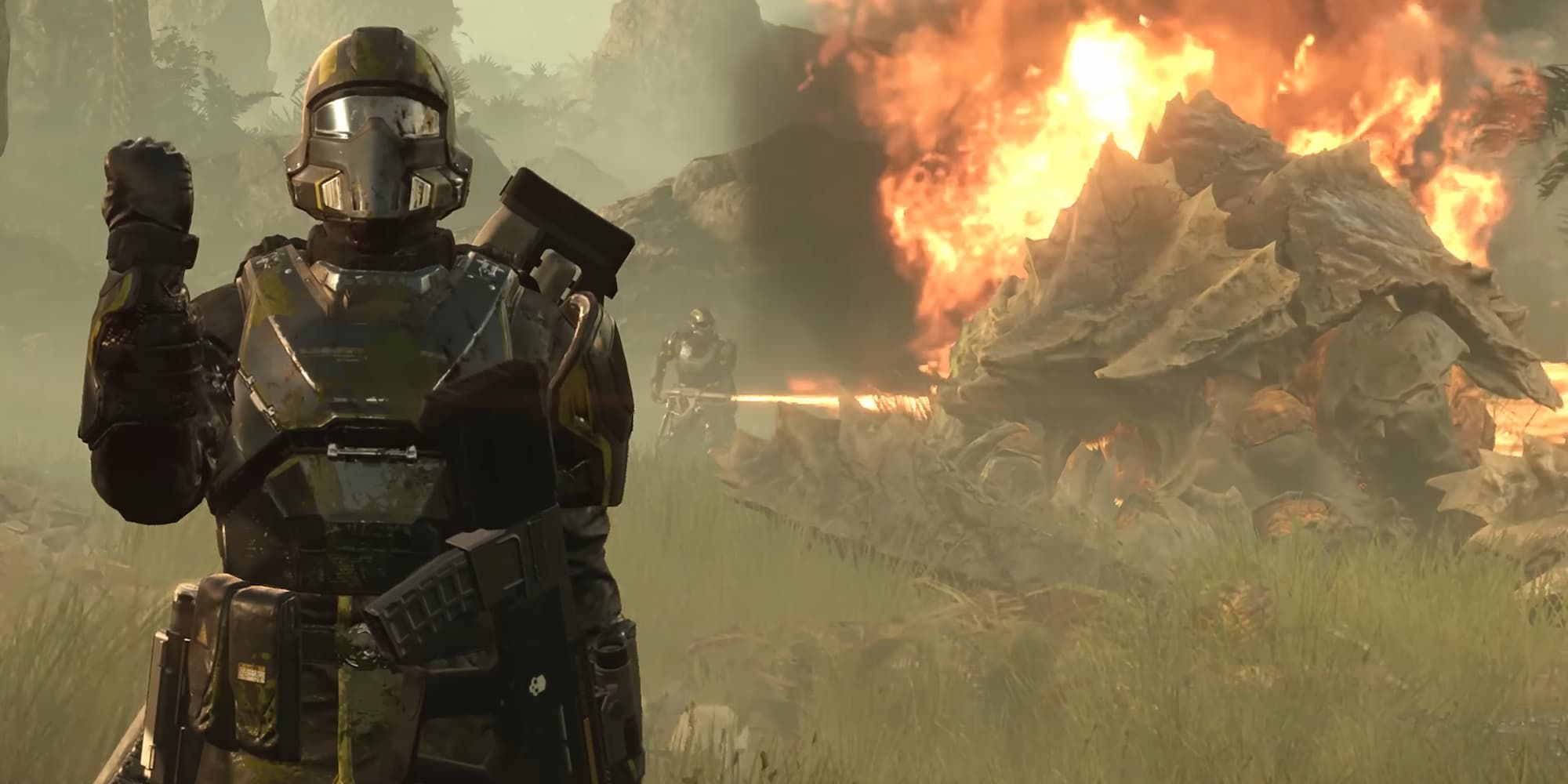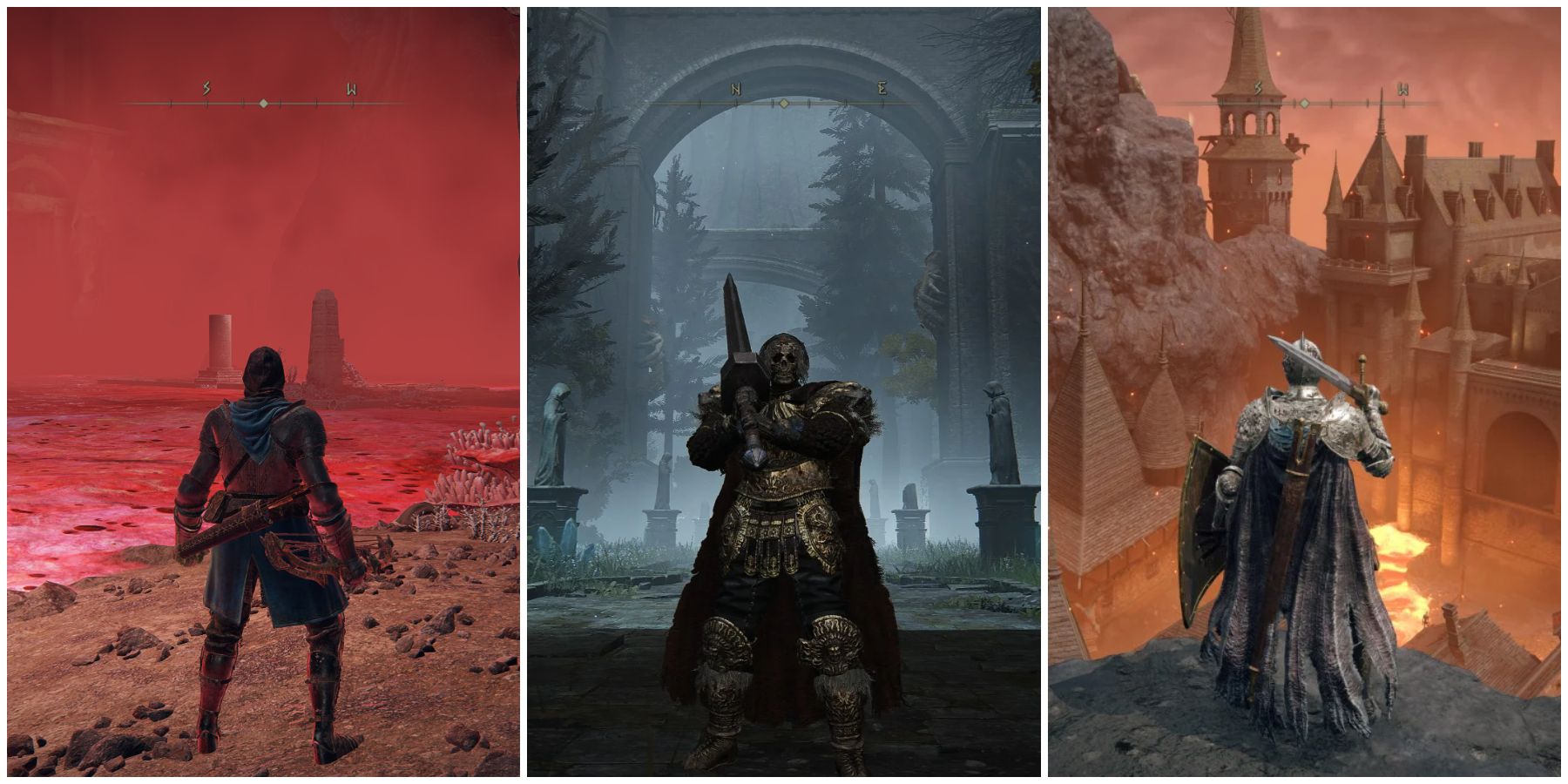All eyes seem to be on Ghost of Tsushima when it comes to Sony’s leading franchises. Indeed, while series like God of War and The Last of Us rake in copious amounts of critical acclaim and prestige, Ghost of Tsushima is arguably more interesting, as it’s effectively in uncharted waters, existing as a new IP among PlayStation’s slate of iconic properties. As such, Ghost of Tsushima 2 has a lot of potential, but it also needs to address certain shortcomings of its predecessor.
One such shortcoming is Ghost of Tsushima‘s approach to stealth. Many missions and open-world activities in Ghost take an approach akin to Assassin’s Creed or Far Cry, urging the player to thin out the enemy horde through covert means to gain the upper-hand in a head-on approach. Within this framework, Ghost of Tsushima‘s stealth is serviceable, but it is never as enjoyable as engaging the opposition with traditional swordplay, as there simply isn’t enough depth in the game’s stealth mechanics to make it consistently fun for long periods of time. This problem is exacerbated by certain narrative elements, which hinge on Jin’s use of stealth. Making a few key changes in this regard could reduce ludonarrative dissonance and make for a more elegant, immersive experience overall.
2:34
Related
Ghost of Tsushima 2’s Haikus Could Learn From Elden Ring
Players loved writing haikus in Ghost of Tsushima, but Sucker Punch may want to look to FromSoftware to keep the sequel fresh.
Non-Lethal Takedowns Could Be Leveraged to Great Effect in Ghost of Tsushima 2
Stealth in Ghost of Tsushima Poses a Narrative Problem
To combat the Mongol threat, Jin Sakai must adapt his approach to battle, using stealthy methods that are at odds with traditional notions of samurai honor. This causes major strife between Jin and his uncle and mentor, which forms the emotional conflict of the narrative. However, this conflict leads to a multifaceted issue for Ghost of Tsushima‘s gameplay-story connection.
For one thing, main story missions in Ghost of Tsushima will often railroad the player into a stealth approach, resulting in an automatic failure if they are spotted by the enemy. This can feel unnatural, as players intuitively understand that they could very well rush in head-on without too much difficulty. In essence, Ghost of Tsushima‘s combat sandbox lends itself to flexibility and self-expression, but its narrative requires players to stick to one playstyle, or else the plot won’t make sense.
But the storytelling still runs into some issues in this regard, for even if players utilize stealth as sparingly as possible, NPCs will still treat Jin as a warrior who employs underhanded means. There’s no distinction between a version of Jin who exclusively uses stealth and one who only does so occasionally.
Non-Lethal Takedowns Could Deepen Ghost of Tsushima 2’s Narrative and Gameplay
The addition of non-lethal stealth could enhance Ghost of Tsushima 2‘s replay value, opening the door for pacifist playthroughs. This could be an exciting challenge for players looking to further engage with the game’s stealth mechanics, but it could also serve as an opportunity to remedy the first game’s ludonarrative dissonance.
Ludonarrative dissonance refers to when a game’s story contradicts its gameplay.
One of the reasons why stealth is seen as so dishonorable is because it robs the enemy of their chance to defend themselves. When two warriors are squaring off against each other, it can be argued that they are absolved of the moral responsibility of taking a life, as it’s essentially self-defense. Assassination doesn’t allow for this level of dignity.
If players could take down enemies without killing them, they would sidestep this criticism, and this could be reflected by the game’s story. The public’s perception of Jin could be shaped by how he chooses to engage with his enemies, as the non-lethal stealth route is undeniably more honorable than the lethal one. Thus, a combination of non-lethal options and a more reactive plot could make Ghost of Tsushima2 better from a narrative and gameplay perspective alike.











